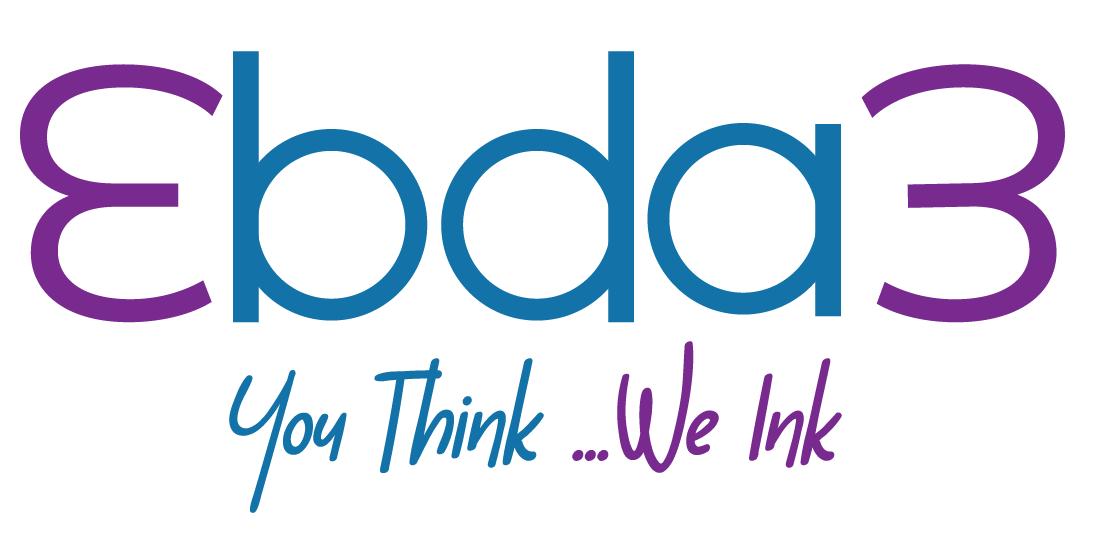Review and adjust your social media strategy to ensure optimal results

Reviewing and adjusting your social media strategy is a continuous process that should be tailored to the dynamics of your audience, the performance of your content, and the ever-evolving nature of social media platforms. Here’s how to ensure your strategy remains optimal:
Regular Monitoring and Analysis
Start by setting aside dedicated time each month to review your social media performance. Look at key metrics such as engagement rates, follower growth, click-through rates, and conversion rates. This analysis will give you insights into what’s working and what isn’t, allowing you to make informed adjustments .
Quarterly Reviews
Conduct quarterly reviews to reassess your strategy against your broader marketing goals. This is an opportune time to evaluate the effectiveness of your current approach, identify areas for improvement, and align your social media efforts with your overall marketing objectives .
Annual Planning Sessions
Hold annual planning sessions to revisit your social media strategy in light of changes in your business, market conditions, and social media platform policies. Use these sessions to set new goals, revise your content strategy, and plan for upcoming campaigns or launches .
Continuous Testing and Optimization
Embrace a culture of experimentation within your social media strategy. Test different types of content, posting frequencies, and engagement tactics to see what resonates best with your audience. Use the insights gained from these tests to optimize your strategy continuously .
Adapting to Algorithm Changes
Stay abreast of changes in social media algorithms and adjust your strategy accordingly. Algorithms can significantly affect the visibility and reach of your posts, so it’s crucial to adapt your content and posting strategy to align with the latest algorithm updates .
Utilizing Feedback Loops
Implement mechanisms to collect feedback from your audience and team members. This feedback can provide valuable insights into what’s missing from your strategy and how you can better engage with your audience. Make it a habit to incorporate this feedback into your strategy .
Leveraging Social Media Analytics
Leverage the analytics tools provided by social media platforms to gain deeper insights into your audience’s behavior and preferences. These insights can guide your content creation and posting strategy, ensuring that your efforts are aligned with what your audience values most .
Conclusion
Balancing organic engagement with paid advertising on social media requires a dynamic and adaptable strategy. Regular reviews, continuous testing, and close monitoring of performance metrics are key to ensuring your strategy remains effective and aligned with your business goals. By staying flexible and responsive to changes in your audience and the social media landscape, you can maximize the ROI of your social media efforts.





